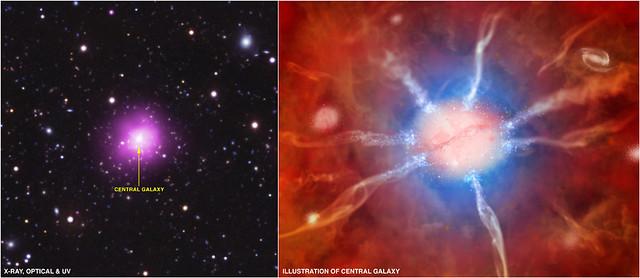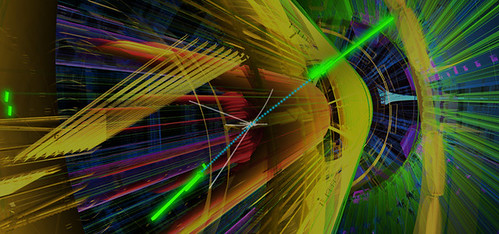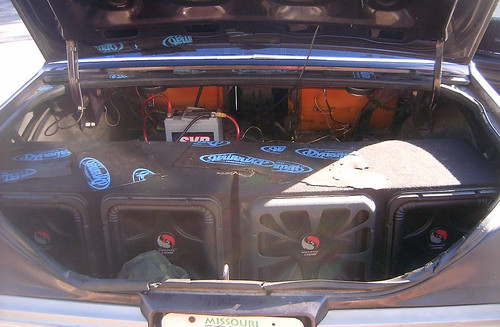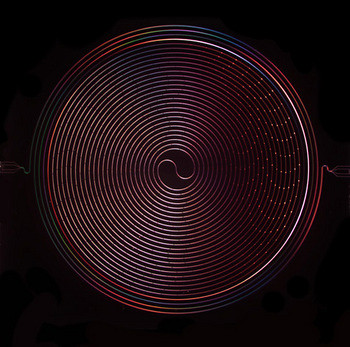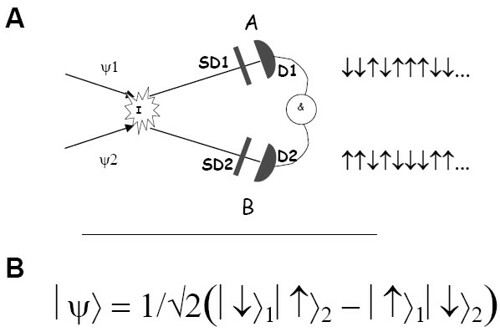Roskosmos launches investigation into latest Proton rocket failure, establishing an inter-agency commission for the investigation.
[Satellite Today – 08/10/2012]
UK offers aid to Syrian opposition including satellite phones, medical supplies, and body armor.
[Washington Post – 08/10/2012]
Cobham wins contract to supply electronic systems to Boeing’s Wideband Global SATCOM satellite programme.
[ShareCast – 08/10/2012]
Russian Prime Minister Dmitry Medvedev says ” . . . we can not stand this any longer” of the continuing failures of Proton launches causing loss of prestige and money for Russia’s space program.
[msnbc – 08/09/2012]
Most recent failure of Proton rocket will delay launch of Dish Network’s EchoStar XVI satellite.
[FierceCable – 08/09/2012]
NASA signs agreement to use services of the Space Data Association, established by commercial satellite operators to improve safety and efficiency of space operations.
[SatNews – 08/09/2012]
Spinning Enhance Visible and Infrared Imager (SEVIRI) instrument aboard the MSG-3 satellite captures its first image of Earth.
[SatNews – 08/09/2012]
Northrup Grumman joins the Hosted Payloads Alliance, joining aide variety of companies that support increasing role for defense and commercial contractors in helping government agencies find timely and cost effective ways of acquiring space assets and services.
[SatNews – 08/09/2012]
Gilat Satellite Networks announces that Argentina’s Servicio Satelital S.A. has selected Gilat’s SkyEdge II Hub and broadband satellite platform to upgrade its existing network and provide support to hundreds of new sites.
[SatNews – 08/09/2012]
Maxwell Technology’s SkyeMax product offering affordable satellite internet access to South Africa’s farming and rural communities.
[SatNews – 08/09/2012]
Failure of the launch of Telkom 3 and Russian Express MD2 may indirectly affect launch of Ukraine’s Lybid satellite.
[Sinoptik – 08/08/2012]
Two telecommunication satellites lost in failure of Proton-M rocket booster – Telkom 3 of PT Telekomunikasi Indonesia, and Russian Express MD2.
[redOrbit – 08/08/2012]
Intelsat sponsors Global VSAT Forum two-day training program for VSAT installers at Pacific Endeavor workshop at Changi Naval Base in Singapore.
[SatNews – 08/08/2012]
NASA selects three companies – Boeing, SpaceX, and Sierra Nevada Corp – to develop space taxis to ferry astronauts to the International Space Station.
[R&D Magazine – 08/07/2012]
Kratos Defense & Security Solutions announces its SAT Corporation subsidiary has significantly increased its Interference Detection and Geolocation service coverage with two new sites in Maryland and Hawaii, and now covers 1,127 beams from 269 commercial satellites, almost 90 percent of the world’s FSS constellation.
[SatNews – 08/07/2012]
Sirius profit soars on $3 billion income-tax benefit.
[Market Watch – 08/07/2012]
AsiaSat announces signing of Dubai Media Incorporated to broadcast two free-to-air satellite channels throughout the Asia-Pacific region on AsiaSat 5.
[SatNews – 08/07/2012]
Gilat Satellite Networks showcases lightweight compact satellite communication solution for unmanned aerial vehicles.
[4-traders – 08/07/2012]
Ball Aerospace demonstrates military X0-band MMLCA mobile satellite communications system using phased array antenna.
[Satellite Today – 08/07/2012]
Bulgaria to launch domestic satellite for the first time in more than 20 years.
[Satellite Today – 08/07/2012]
NASA’s most advanced robotic explorer Curiosity steers itself through thin atmosphere and lands successfully on Mars – NASA releases low-res video of descent.
[R&D Magazine – 08/06/2012]
[R&D Magazine – 08/07/2012]
Russia and UK discuss number of space projects, and Russian President Vladimir Putin says “We plan to launch several British satellites” while summing up his short visit to London.
[SatNews – 08/06/2012]
Siemens CMT releases first Carrier ID Detection System (for combatting satellite interference) by successfully completing the upgrade installation of the latest SIECAMS version.
[SatNews – 08/06/2012]
Thuraya IP now offers streaming speed of 512 Kbps, double the previous speed.
[telecompaper – 08/06/2012]
The 2012 DStv Eutelsat Star Awards want African students to answer the question “How can satellite technology help expand Africa’s horizons into the future?”
[SatNews – 08/06/2012]
As we head into another peak sun cycle over the next two years, scientists are again pointing to a heightened risk that a whopping solar storm could knock out power grids, satellites, and communications.
[Insurance Journal – 08/06/2012]
Space Systems/Loral happy with launch of Intelsat 20 by Arianespace, as satellite deploys solar arrays on schedule and fires main thruster to complete travel to geostationary orbit.
[SatNews – 08/06/2012]
SkyVision Global Networks acquires Afinis Communication SA, a subsidiary of Cable & Wireless Communications and leading provider of connectivity solutions in francophone Africa.
[Telecom Tiger – 08/06/2012]
DigitalGlobe satellite earth observation photo shows scene of Olympic Village, London, before arrival of the masses.
[SatNews – 08/06/2012]
SES announces multi-year capacity deal with Eurovision, increasing capacity to 54 MHz and using SES teleport and NSS-806 satellite to broadcast London 2012 Olympic Games and Paralympic Games to audiences in Latin America.
[SatNews – 08/06/2012]
Hylas 2, recently launched by Avanti, to offer high speed data across MEA and caucasus.
[ITP.net – 08/06/2012]
India to launch three satellites in September and two more by the end of this year. [SatNews – 08/06/2012]
Israeli legal organization states ‘telecommunications giant admits it violated Iran sanctions’ as it interprets letter from Inmarsat senior vice president explaining the company’s provision of satellite communications to Iranian oil tankers.
[Israel Hayom – 08/05/2012]
WBMSAT satellite communications consulting services
